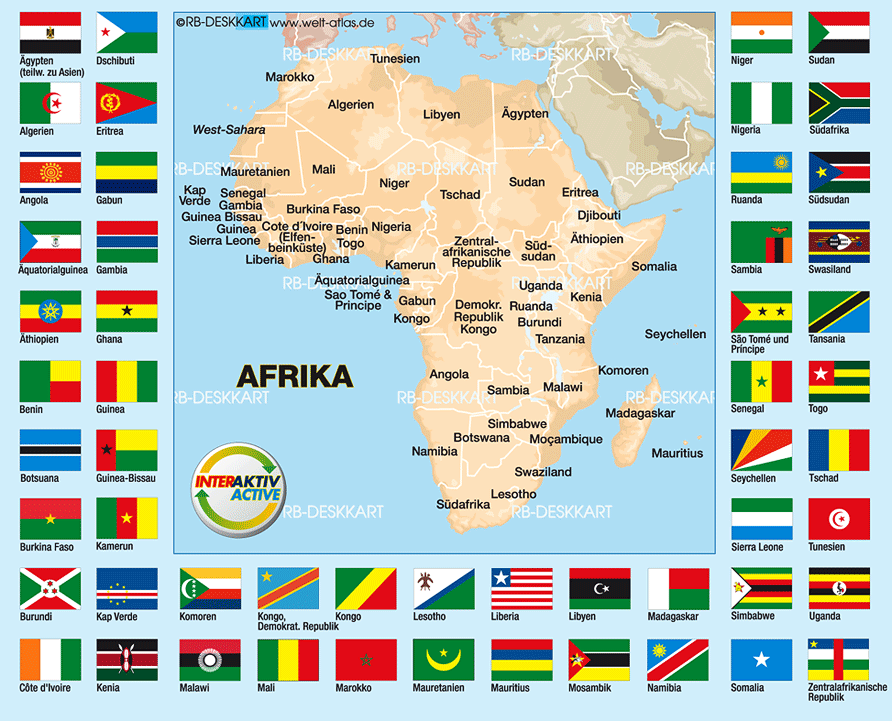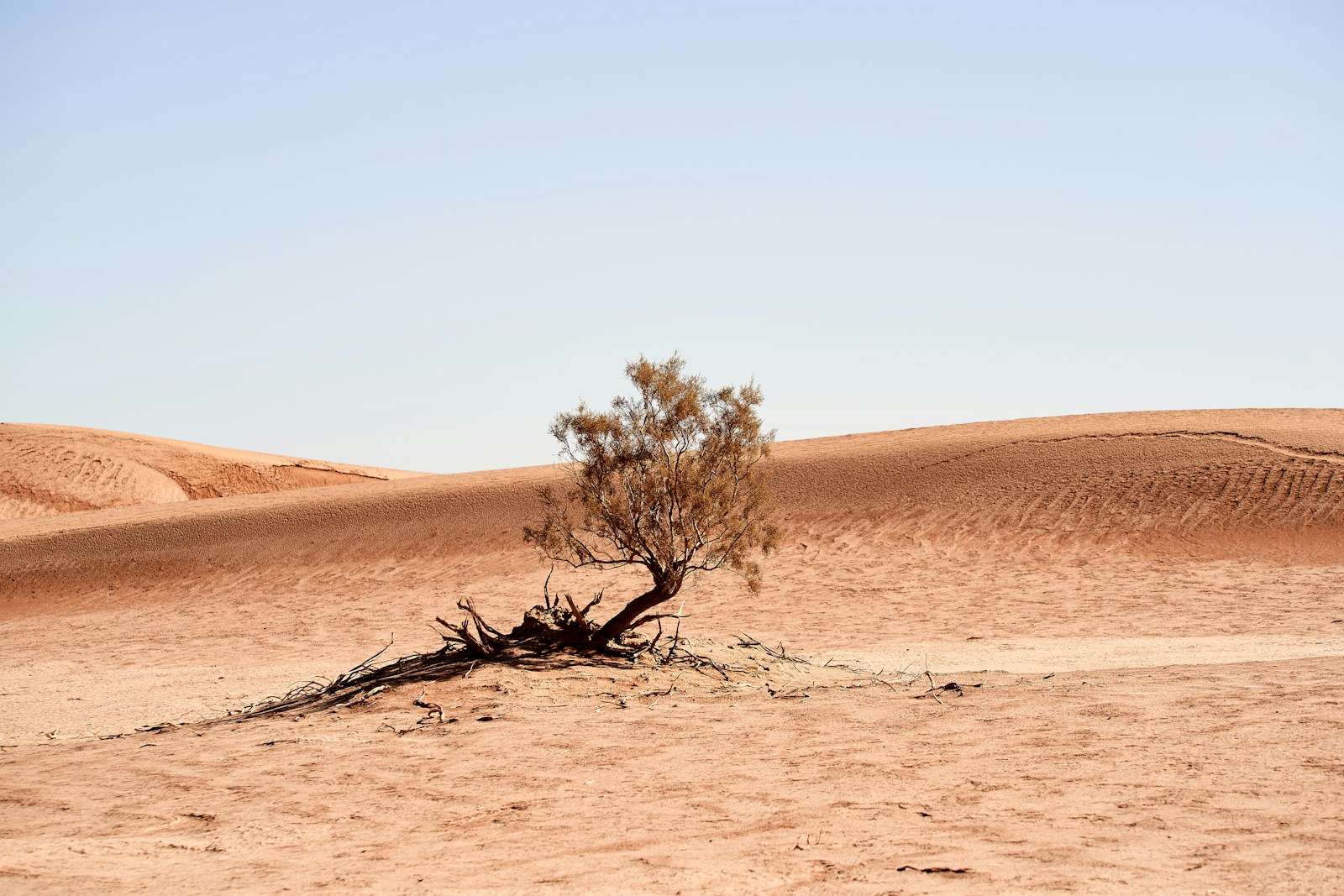By Timo Mueller Goma, Democratic Republic of Congo: Last month, a rare thing happened. A video made in the town of Goma in the eastern Democratic Republic of Congo (DRC) went viral. Moreover, featuring musicians, dancers, students, vendors and expatriates, the film wasn’t depicting the usual themes of grief and crisis associated with the region, […]
Goma’s Infectious Happiness Goes Viral: How Music from the Democratic Republic of Congo Is Inspiring the World
In a moment that caught the world’s attention, a video filmed in the town of Goma in the eastern Democratic Republic of Congo (DRC) went viral last month. What made this video stand out was its depiction of happiness and hope, rather than the usual stories of crisis or conflict that typically dominate media coverage of the region. The video featured a lively celebration of music, dance, and culture, capturing the spirit of Goma and its people. It was a refreshing reminder of the power of music to transcend boundaries and bring people together, offering a message of unity and joy from a region often associated with hardship.
Goma Music: More Than Just a Sound
Goma, located in the eastern part of the Democratic Republic of Congo, is a place with a rich musical heritage. While the region has long been associated with political instability and conflict, music has served as a powerful force for unity and healing. The city is home to a vibrant music scene that blends traditional Congolese rhythms with contemporary influences, creating a sound that is uniquely its own. This music is not merely entertainment; it is a vital part of the community’s identity and a reflection of the resilience of its people.
In the viral video, we see this blend of traditional and modern music come to life. Musicians and dancers from various walks of life join together, showcasing the diverse and inclusive nature of Goma’s music scene. The video captures impromptu performances in public spaces, where locals and expatriates alike come together to share in the joy of music. The infectious rhythms and high-energy performances are a testament to the spirit of Goma’s residents, who use music as a means of expression and celebration, despite the challenges they face in their everyday lives.
The music of Goma is characterized by its upbeat tempos, intricate rhythms, and vibrant melodies. It incorporates elements of traditional Congolese styles, such as soukous and rumba, while also drawing influences from global genres like hip-hop, reggae, and pop. This fusion creates a sound that is both familiar and innovative, bridging the gap between the past and the present, the local and the global. It is this unique blend of musical influences that has made Goma’s music so appealing to audiences both in Africa and beyond.
The Power of Music in the Democratic Republic of Congo
Music in the Democratic Republic of Congo has always played a central role in the cultural and social fabric of the nation. In a country that has experienced decades of conflict and political instability, music has provided a way for people to cope with adversity and express their emotions. It serves as a form of resistance against oppression and a means of solidarity for communities facing hardship.
The viral video from Goma highlights this power of music, showcasing how it can bring people together in the face of adversity. In the video, we see a diverse group of individuals—students, vendors, expatriates, and local residents—coming together to dance and sing, united by their love of music. This collective expression of joy serves as a powerful reminder that, despite the challenges faced by the people of Goma and the DRC, there is always room for hope, unity, and celebration.
For many in Goma, music is not just a pastime; it is a lifeline. It provides a means of connection to the past, a way to celebrate their culture, and a way to escape from the difficulties of everyday life. Whether performed in a small village gathering or in a public square, the music of Goma has the ability to uplift and inspire, creating a sense of community and belonging among those who hear it.
The Global Impact of Goma’s Viral Video
The video from Goma quickly gained traction on social media, spreading far beyond the borders of the DRC and catching the attention of viewers around the world. This viral moment marked a shift in the way the DRC is perceived internationally. While the country is often associated with violence and instability, the video showcased a different side of the region—a side filled with hope, joy, and a deep cultural richness.
What made the video so powerful was its authenticity. Unlike many viral videos that are staged or scripted, this one captured real, unscripted moments of people coming together to share in the joy of music. The energy and enthusiasm of the performers were contagious, inspiring viewers to appreciate the beauty and vitality of Congolese culture. As the video continued to spread, it sparked conversations about the power of music to bring about positive change and create connections between people from different backgrounds.
This viral moment also highlighted the growing global interest in African music. In recent years, African artists and music genres have gained increasing recognition on the world stage, with genres like Afrobeats, hip-hop, and reggae gaining international popularity. The video from Goma is a perfect example of how African music is resonating with audiences worldwide and how it is becoming a vehicle for cultural exchange and understanding.
What Makes the Video So Captivating?
Several factors contributed to the rapid spread of the Goma video. First and foremost, the video presented an uplifting message at a time when the world was in need of positivity. Amid the challenges of the COVID-19 pandemic and global political unrest, the video provided a refreshing reminder of the power of music to bring people together and inspire hope.
Another key factor was the authenticity of the content. The video captured real, spontaneous moments of people coming together to celebrate music and life. Unlike many viral videos that are carefully choreographed or scripted, this one felt genuine, which helped it connect with viewers on an emotional level. The raw energy of the performers and the joy they radiated were contagious, making it easy for viewers to share in the experience.
Finally, the diversity of the people involved in the video played a significant role in its appeal. The video featured not only local residents but also expatriates and travelers, reflecting the cosmopolitan nature of Goma. This diversity helped to broaden the video’s reach, making it more relatable to a global audience.
Music as a Force for Social Change
Beyond its entertainment value, music in Goma serves as a tool for social change. It is a means of resistance against the challenges faced by the people of the DRC, and it provides a platform for expressing their hopes, dreams, and aspirations. Music has the power to unite people across cultural and social divides, and it has been used as a tool for peacebuilding and reconciliation in the DRC and other parts of Africa.
In the case of Goma, music has become a symbol of the resilience of its people. Despite the difficulties they face, they continue to celebrate life through music, dance, and community. This spirit of joy and unity is what makes the viral video so powerful—it is a reminder that even in the face of adversity, the human spirit can find a way to celebrate and come together.
For more information on Goma’s music and the Democratic Republic of Congo, visit African Beat to learn more about African musical culture.
The post Goma’s Infectious Happiness Goes Viral appeared first on Think Africa Press.
Thanks for reading for more visit our website africaciviclens.com




